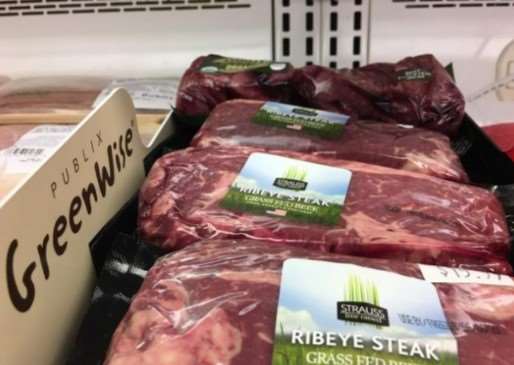By Greg Henderson

Last month the livestock industries cheered as the first shipment of U.S. beef in 14 years landed in Shanghai. The reopening of the Chinese market offers tremendous opportunities for American cattlemen, but also serves as a reminder of the challenges antiscience arguments can present to all of agriculture. China closed its market to U.S. beef because of a single cow confirmed with bovine spongiform encephalopathy (BSE) in 2003. Despite assurances from American officials about the science and safeguards that would prevent BSE from entering the human food supply, the Chinese government kept the ban in place far too long.
BSE, however, is just one of the challenges to the science and sanity of modern food production. By the end of this year, Dairy Herd Management editor Jim Dickrell says few dairy processors will accept milk produced with recombinant bovine somatotropin (rBST), the protein produced through biotechnology. The decades-old technology helps dairymen produce more milk with less inputs, reducing dairy’s carbon footprint.
Yet, the use of the rBST technology will fade into history, Dickrell says, “driven there by ignorance, misinformation and fear.”
“Proponents tried to explain but could never completely convince naysayers about the benefits of the technology and how it could provide more dairy products at lower cost without jeopardizing food safety or cow health,” Dickrell says. “Opponents, both within and outside the industry, played on consumer fears of ‘Frankenfoods’ and, worse, what it might do to children’s growth and development.”
A first-world problem for sure. American consumers seem willing to forego the use of such technology even if it means paying more for dairy products.
Where does such science-denying silliness stop? Walk down the meat isle at any grocery store and you’ll see there’s no limit to buzzword labels food marketers use to lure uneducated consumers: organic, all natural,
GMO free, grass fed, cage free, cruelty free, hormone free, antibiotic free, the list goes on.
This year chicken companies have tripped over each other in an effort to assure consumers they’re either producing all their birds without antibiotics, or they’ve set a date to be antibiotic free in the near future. Grocery cases are already stocked with branded chicken products that tout “hormone free” and “antibiotic free.”
Click here to see more...